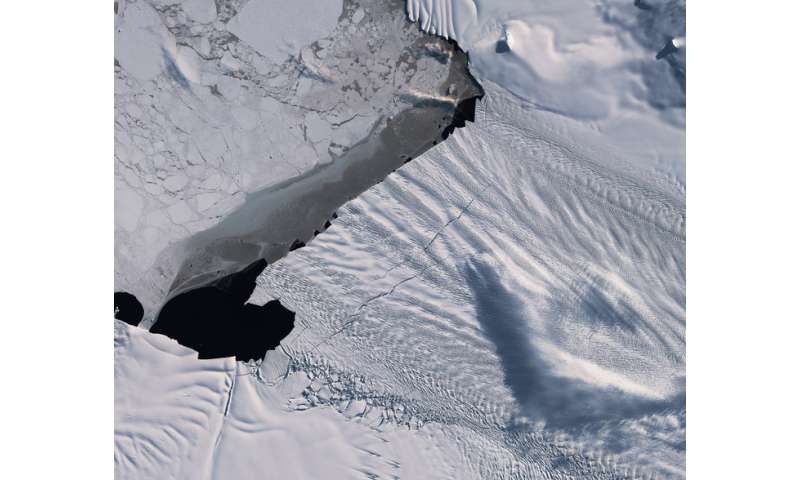Recently, the frequency of Pine Island Glacier calving events has increased. Today, the glacier is observed to be losing mass by a combination of calving events together with strong basal melting, where warm ocean currents erode the underside of the floating ice shelf. As the ice shelf both thins and calves enormous icebergs, the glacier discharge is unable to replenish the ice lost and the ice shelf front recedes from its previous position.
"Long-term measurements of West Antarctic Ice Sheet glaciers such as Pine Island are critical to understanding changes to the rate of loss of ice mass into the ocean, and thus Copernicus Sentinel-1 has become fundamental to gauging Antarctica's contribution to rising sea levels," says Mark Drinkwater.
THIS is where I hide the best stuff... and hey... there are lots of posts so go search the BLOG ARCHIVE - (͡° ͜ʖ ͡°)
Subscribe to:
Post Comments (Atom)



oh yeah...


Trace's book
-
Dean Henderson and Jeff discuss current events and take a whack at the global oligarchy. Check out more info from Jeff Rense at Alt News ...
-
Burt Bacharach, Music artist Co-author (with lyricist Hal David) of an extensive string of hits in the '60s, Burt Bacharach is one of...





No comments:
Post a Comment
you got something to say... please say it